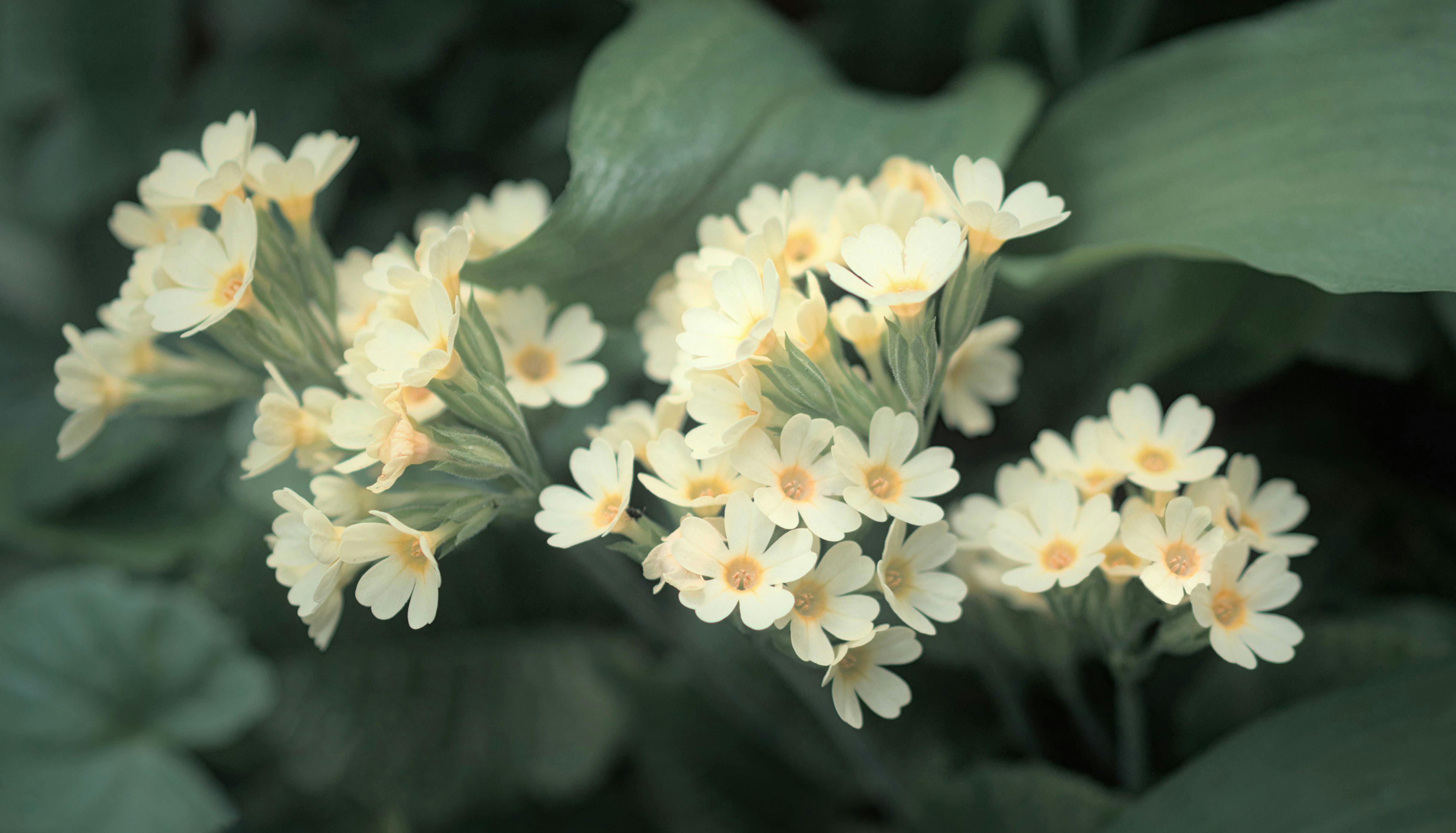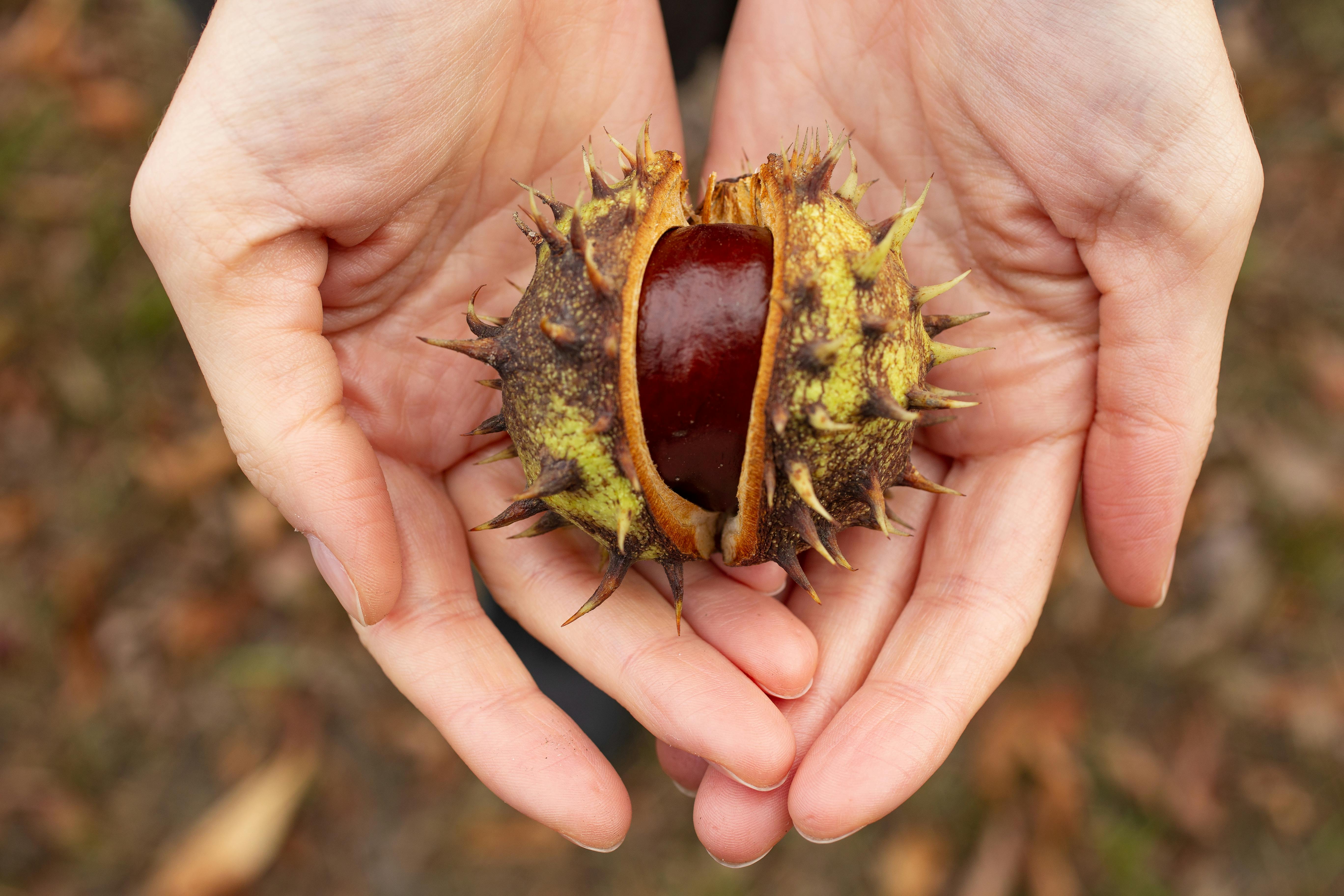Mr. Gardener: A Comprehensive Guide to Gardening Techniques
Understanding the Basics of Gardening
Gardening can be a rewarding hobby that not only beautifies your surroundings but also contributes positively to the environment. The journey begins with understanding the **essential gardening techniques**. Whether you’re looking to grow vegetables, flowers, or shrubs, foundational knowledge is key for success. Start by recognizing your climate zone, which will influence what plants can thrive in your garden. Equipped with this information, you can choose the right plants for your space, ensuring your gardening efforts yield magnificent results.
Soil Preparation and Health
One of the most critical elements in successful gardening is soil health. **Soil preparation** involves testing the pH levels and nutrient content to determine the appropriate amendments needed. Good gardening practices include adding organic matter, such as compost, to enhance soil structure and fertility. Growers should focus on aerating the soil and ensuring proper drainage as this promotes root growth and prevents diseases. For example, using raised garden beds can optimize soil health and improve growth conditions.

Choosing the Right Plants
Selecting plants suited to your environment is crucial. Researching **native plants** is beneficial since they require less water and are more resistant to local pests. When choosing plants, consider their growth habits, such as height, spread, and bloom time, to create a balanced and visually appealing garden design. Additionally, incorporating **companion planting** techniques can improve pest control and enhance the nutrient uptake of your plants. This strategy allows for a diverse ecosystem within your garden, leading to healthier plants overall.
Advanced Gardening Techniques
Once you’ve mastered the basics, you may want to explore **advanced gardening techniques** that can further optimize your gardening results. These methods can enhance yield, save space, and transform your gardening experience into a more efficient process.
Vertical Gardening Solutions
Vertical gardening is an innovative technique that allows gardeners to maximize their space, especially in small areas. Utilizing trellises, wall planters, and stacked planters not only creates an attractive visual but also improves air circulation and decreases the likelihood of pests. Crops such as tomatoes and cucumbers thrive in vertical gardens, providing a **bountiful harvest** even in limited spaces. Employ a combination of trays and pots to create a lively and productive vertical garden.

Hydroponics and Aquaponics
For those looking to explore alternative methods, **hydroponics** and **aquaponics** are excellent techniques worth considering. Hydroponics is a soil-less growing method that uses nutrient-rich water to nourish plants. This technique can lead to faster growth rates and reduced space requirements. On the other hand, aquaponics combines fish farming with hydroponics, creating a symbiotic environment where fish waste provides nutrients for plants, while plants filter and clean the water for the fish. This sustainable approach offers a way to produce food year-round, regardless of climate conditions.
Common Gardening Challenges and Solutions
Every gardener faces challenges, be it pests, diseases, or environmental factors. Developing strategies to tackle these issues is a vital part of gardening.
Pest Management Strategies
Implementing an integrated pest management (IPM) strategy can effectively reduce the impact of pests in your garden. Start by maintaining a **clean garden** environment, removing debris that can harbor pests. Additionally, introducing beneficial insects like ladybugs can help manage aphid populations naturally. Should issues arise, employing organic pesticides or homemade remedies can keep your plants safe while protecting the ecosystem. Regularly monitoring your garden for signs of pest activity allows for swift action, ensuring your plants remain healthy and thriving.
Preventing Plant Diseases
Prevention is key when it comes to managing plant diseases. Basic practices include ensuring proper spacing between plants for air circulation, watering at the base of the plants to avoid moisture on the leaves, and rotating crops every season to avoid soil-borne diseases. Should disease symptoms appear, timely identification and treatment with appropriate fungicides or organic options will help in averting widespread damage. Keeping a garden journal can also be helpful in tracking recurring issues and finding solutions more effectively.
Key Takeaways
- Soil health is essential for successful gardening; use organic amendments.
- Choosing the right plants enhances your gardening success; focus on native species.
- Advanced techniques like vertical gardening can maximize space and yield.
- Implementing pest management and plant disease prevention strategies is crucial.
FAQ
1. What are the benefits of organic gardening?
Organic gardening promotes biodiversity, improves soil health, and reduces environmental impact. This method avoids synthetic pesticides and fertilizers, relying instead on natural processes to sustain plant life. Additionally, it has been shown to produce healthier foods, enhancing nutritional intake for families.
2. How can I improve drainage in my garden?
Improving drainage can involve several strategies, such as adding organic matter like compost to your soil, which helps break up heavy soils and increases aeration. Additionally, building raised beds can significantly enhance drainage since they are elevated and often made with well-draining soil mixes. Using perforated drainage pipes or gravel also facilitates the drainage process.
3. What tools are essential for beginners in gardening?
For novice gardeners, essential tools include a trowel, hand pruners, a garden fork, and a hose with a nozzle for watering. More advanced tools might include garden shears, a spade, or a rototiller for larger plots. Each of these tools can assist in varying tasks, from planting to maintenance.
4. How often should I water my garden?
Watering needs depend on various factors, including soil type, plant selection, and climate conditions. Generally, it’s best to water early in the morning or late in the afternoon when temperatures are cooler. Monitoring soil moisture is crucial; it’s better to allow the top inch to dry out before watering deeply to encourage strong root development.
5. Can I start a garden in pots or containers?
Absolutely! Container gardening is a practical solution for those with limited space. Ensure you choose pots with drainage holes and use the right potting mix. Select plants based on the container size and sun exposure. Herbs, tomatoes, and peppers thrive in pots, making them suitable for this method.
6. What are some good companion plants for my vegetable garden?
Companion planting can optimize space and health in your garden. Some excellent combinations include planting basil near tomatoes, which enhances flavor and deters pests, or marigolds with various vegetables to repel harmful insects. Understanding plant relationships can significantly improve your gardening results.
7. How can I prolong my growing season?
Using season extenders like row covers, cloches, or cold frames can protect your plants from frosts and extend your growing season. Additionally, starting your seedlings indoors and transitioning them outdoors after the last frost can help maximize your harvest. Techniques like mulching and selecting heat-tolerant plant varieties also aid in prolonging the growing period.
